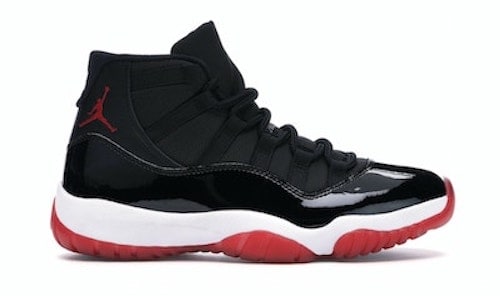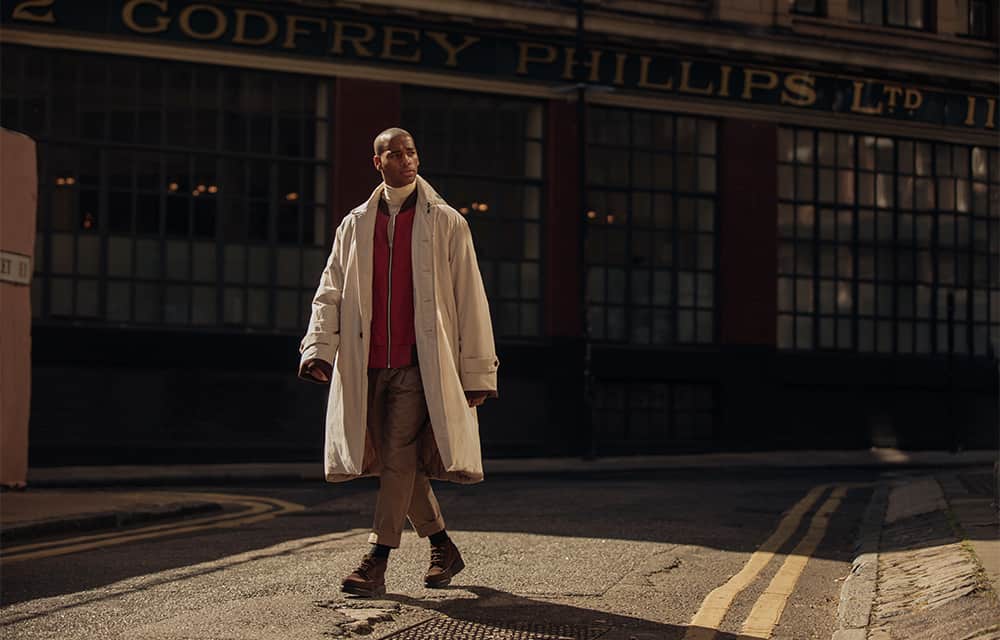The Complete Guide To The Workwear Trend
In menswear, the clothes that truly seem to endure are the ones that offer the person wearing them some kind of function. They are literally fit for purpose. That’s the reason so many so many military pieces make the transition from the front line to the runway, and it’s also the case with workwear.
Items originally designed for carpenters, dockhands, fishermen and labourers are wearable in the truest sense of the word. They’re comfortable, layered – perfect for autumn. And, in more ways than one, they’re made to last.
“The appeal of workwear is that it doesn’t date,” says Chris Gove, founder and creative director of British menswear brand Percival. “It was never designed for a particular era or movement, so the purpose and appeal of workwear remains relevant, transcending trends.”
Functional workwear items like Red Wing boots, Dickies trousers and Barbour jackets have been fashion statements since the late 1990s, sold first through independent menswear stores like American Classics in London and Manchester’s Oi Polloi. These days, workwear is as ubiquitous on the high street and in department stores, with many fast-fashion brands even offering capsule collections of blue-collar staples like chore jackets and selvedge denim jeans.
Carhartt’s Work in Progress line offers a more fashionable take on the look, and is a firm favourite of fashion industry insiders. “I think it’s even more relevant right now due to the nostalgia that workwear holds towards simpler times, where people had a craft and the pace of living was slower,” says Gove.
Workwear offers desk-bound men a whiff of the romance of semi-skilled labour without, you know, actually having to get your hands dirty. Indeed, much of the workwear canon, especially the Americana of labels like Dickies and Carhartt, romanticises the kind of work that is being made redundant by automation or outsourcing to developing countries.





















